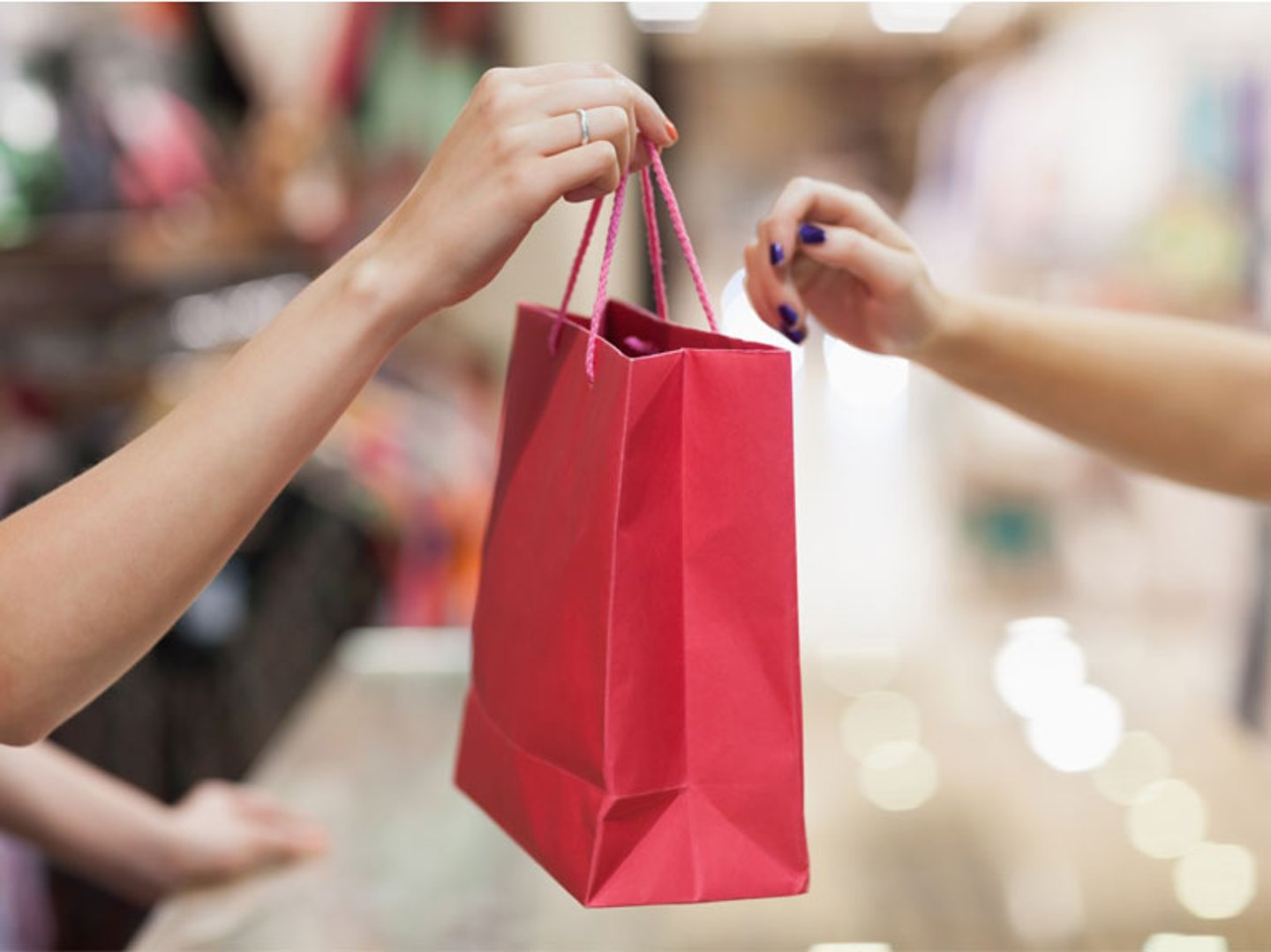Survey: The in-store technology consumers want most is...
Time is of the essence when it comes to providing brick-and-mortar shoppers with technology.
According to A.T. Kearney’s 2019 Consumer Retail Technology Survey of 1,000 people from various demographic and economic backgrounds, the top two in-store technology functions customers desire most all save time spent on shopping trips.
Seventy-two percent of respondents said they desire technology that allows them to reduce time checking out, while 61% said they desire technology that allows them to reduce time looking for products (more than one response allowed). More than half (52%) desire technology that allows them to understand more about a given product and how to use it.
Other popular responses included technology that allows them to experience something interesting and novel (32%), and 31% desire products that let them customize products to their specific needs. Almost three in 10 (29%) want technology that limits interaction with store personnel, and 21% are interested in technology that allows them to reduce time spent in a fitting room or sampling a product.
The study also reveals many consumers have heard of leading-edge retail technologies, but never encountered them in a store. This includes 3D printers (60%), augmented reality (45%), mobile POS (40%), cashierless checkouts (36%), and interactive screens (30%).
In addition, 45% of respondents reported visiting a big box store because of technology, contrasted with 24% who said they had visited specialty stores because of technology. However, 58% of consumers expect retail technology to impact their specialty store choices in the future, while 69% expect their big-box store choices to be affected by available technology.
According to A.T. Kearney’s 2019 Consumer Retail Technology Survey of 1,000 people from various demographic and economic backgrounds, the top two in-store technology functions customers desire most all save time spent on shopping trips.
Seventy-two percent of respondents said they desire technology that allows them to reduce time checking out, while 61% said they desire technology that allows them to reduce time looking for products (more than one response allowed). More than half (52%) desire technology that allows them to understand more about a given product and how to use it.
Other popular responses included technology that allows them to experience something interesting and novel (32%), and 31% desire products that let them customize products to their specific needs. Almost three in 10 (29%) want technology that limits interaction with store personnel, and 21% are interested in technology that allows them to reduce time spent in a fitting room or sampling a product.
The study also reveals many consumers have heard of leading-edge retail technologies, but never encountered them in a store. This includes 3D printers (60%), augmented reality (45%), mobile POS (40%), cashierless checkouts (36%), and interactive screens (30%).
In addition, 45% of respondents reported visiting a big box store because of technology, contrasted with 24% who said they had visited specialty stores because of technology. However, 58% of consumers expect retail technology to impact their specialty store choices in the future, while 69% expect their big-box store choices to be affected by available technology.

